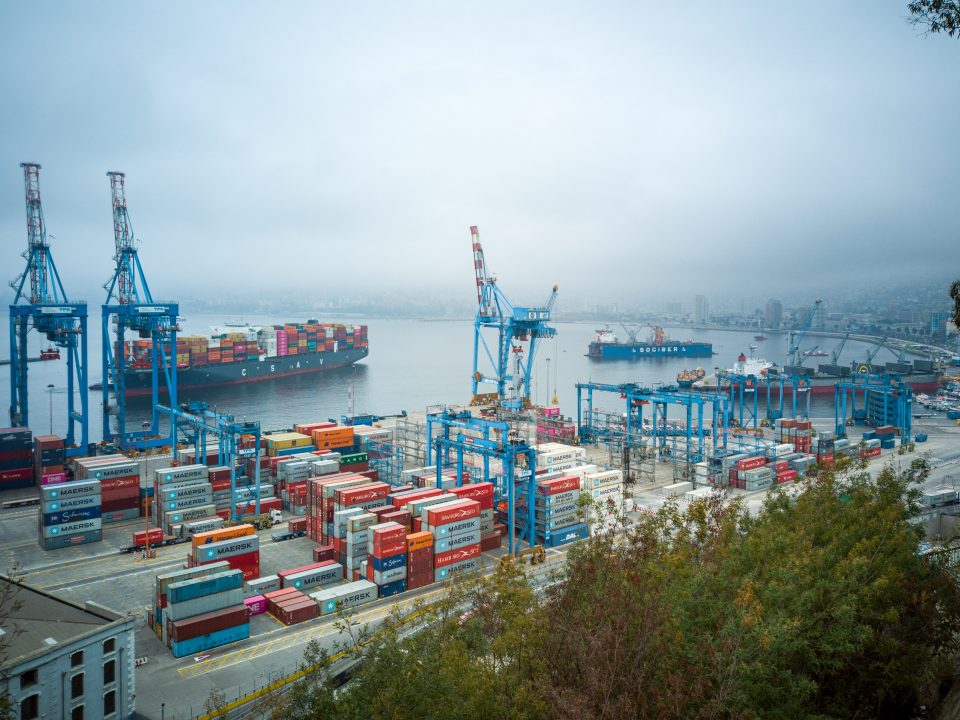Did you know that commercial vehicles like trucks and buses account for 4.6 percent of all registered vehicles and 10 percent of all miles traveled in the US? Along with these statistics is the fact that some of them constantly carry heavy and bulky pieces of equipment. Not only is this transport service quite challenging as a task, but it is also perilous. This is why all safety measures need to be strictly set in place—from securely loading the equipment pieces to driving safely on the road up to properly unloading them.
In this article, we will share our practical guide to preparing and transporting heavy and bulky equipment:
1. Read the owner’s manual
The owner’s manual provides you with specific instructions on handling and transporting your equipment, as recommended by the manufacturer. It can go as far as detailing how to prepare your machinery and secure its moving parts or components. It will also indicate specific measurements and weights intended that are required for shipping purposes. The bottom line is to read the manual before taking the plunge to ensure a smooth process.
2. Check the trailer’s capacity
Shipping heavy and bulky equipment typically comes with the appropriate trailer. As you may or may not be aware, a trailer is an enclosed vehicle towed by a powered vehicle to transport goods or materials. The first point to consider is selecting the right trailer appropriate for your heavy and bulky equipment. When it comes to the trailer’s capacity, you also have to factor in your machines’ height and weight. Ultimately, your goal must be to ensure that your trailer can accommodate your pieces of equipment.
3. Prepare your trailer for loading
After reading the owner’s manual and getting the right trailer, you are all set and ready to load your equipment. Before you take the plunge, your ramp and the trailer must be completely clear of any obstruction. Be sure to get rid of leaves, rocks, and rags that can block the way. Likewise, clean any oil and lubricant off the ramp to avoid a slick surface, and set an open path for a smooth and safe load transition.
4. Protect the fragile parts
It’s important to identify the fragile parts or moving components of your equipment because it is possible that they can get impacted during transport. If left unsecured, they will get damaged or separated from the central machinery. The best step is to protect them by putting them tightly in place and covering them from the harsh outdoor elements. As with any equipment, be sure to check the manual for proper guidance.
5. Safely load the equipment
After completing the preparation stage, you can begin loading the equipment into the trailer. When it comes to this, you often have the option to load everything yourself or leave them to a hired shipping company. Suppose you want to ensure safe handling and equipment securing based on strict guidelines. In that case, it’s best to depend on a client-driven organization that is committed to exceptional service in distribution, such as RJS Logistics. With proper loading and robust locking mechanisms, your items will be transported safely and securely to their destination.
Conclusion
At this point, you now know that the five practical steps outlined above are straightforward and relatively simple to follow when transporting heavy and bulky equipment. All it takes is to read the owner’s manual, check the trailer’s capacity, prepare the trailer for loading, protect the fragile parts, and safely load the equipment. With all these in place, you can minimize equipment damages, reduce the hazard risks, and foster the safety of everyone involved.
We’re a third-party logistics company in Monroe, NC, handling shipping across the country with robust logistics services, such as protective refrigeration, job-site deliveries, expedited deliveries, and loading, and unloading. If you need shipping logistics for your heavy equipment transportation, get in touch with us today to see how we can help!




